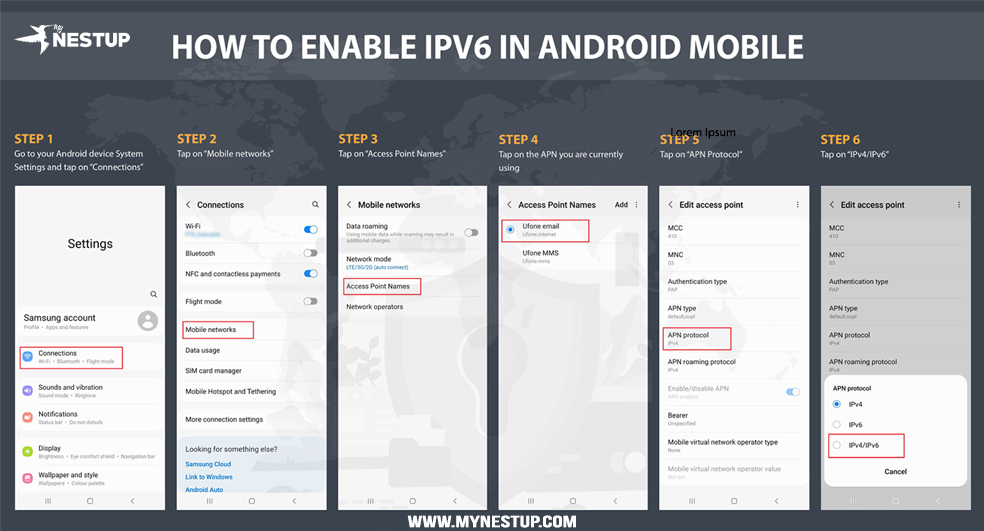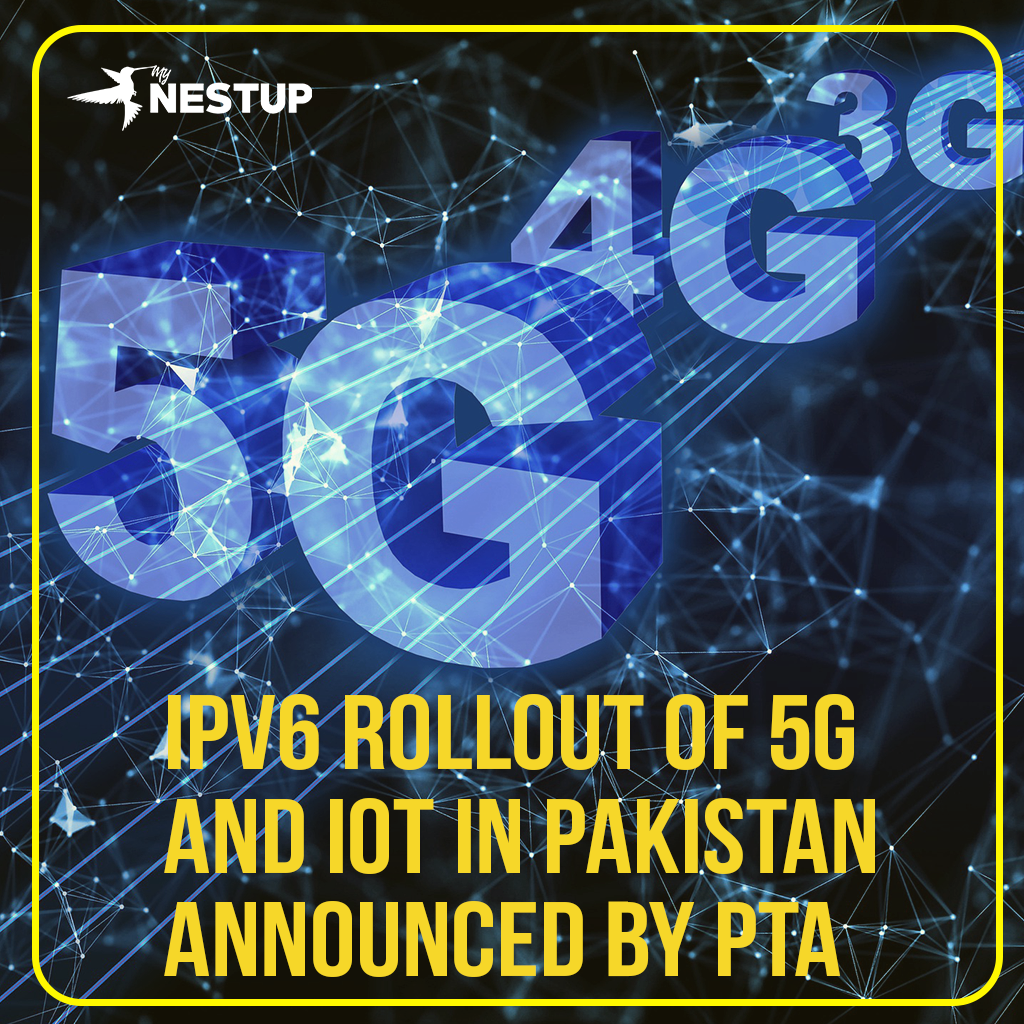Turn your sleeves up entering into the next phase of Technology with IPv6 5G and IoT (Internet of things) it has been officially announced now by the PTA (Pakistan Telecommunication Authority) rollout of technology and now shifting from IPv4 to IPv6 learn how it works and how to configure your devices step by step.
What is IPv6?
IPv6 (Internet Protocol version 6) is the latest version of the Internet Protocol, designed to replace IPv4. It is designed to address the scarcity of addresses in IPv4 and provide a much larger address space. IPv6 has a number of improvements over IPv4, including improved security and network auto-configuration capabilities. It also simplifies the header structure and enhances support for routing and network mobility.
At the instructions of PTA, mobile operators have enabled IPv6 option for end users. However, due to privacy reasons, the users have to change network options themselves from IPv4 to IPv6.
— PTA (@PTAofficialpk) January 20, 2023
How to enable IPv6 on SmartPhones
The process of enabling IPv6 on a mobile phone may vary depending on the operating system of the device. Here are the steps for enabling IPv6 on some popular mobile platforms:
- iOS:
- Go to “Settings”
- Tap “Cellular”
- Tap “Cellular Data Network”
- Scroll down and look for “Configure IPv6”
- Tap “Automatic”
- Android:
- Go to “Settings”
- Tap “Network & Internet”
- Tap “Mobile network”
- Tap “Advanced”
- Tap “IP settings”
- Change “IPv4” to “IPv6”

Note: The specific steps may vary depending on the manufacturer and model of the device. For other OEMs, such as Xiaomi, Oppo, Infinix, etc, you might have to find mobile network settings or SIM settings, but the general path is the same. For dual SIM phones, select the SIM you use for mobile internet and follow through the settings mentioned above.
What is IoT and how it works?
Here is how IoT works:
IoT (Internet of Things) refers to the network of physical devices, vehicles, home appliances, and other items embedded with electronics, software, sensors, and connectivity which enables these objects to connect and exchange data.
Here is how IoT works:
- Devices: Physical objects, such as sensors, cameras, and appliances, are equipped with IoT technology, including a microcontroller, an internet connection, and sensors that gather and transmit data.
- Data collection: The IoT devices collect and transmit data over the internet to the cloud or a centralized server.
- Data analysis: The data is analyzed using algorithms and AI to identify patterns and insights.
- Action: Based on the analysis, automated actions can be taken, such as triggering a device to turn on or off, adjusting a device’s settings, or sending alerts to users.
- Communication: IoT devices communicate with each other, either directly or through the cloud, to share information and coordinate actions.
Overall, IoT allows for the seamless exchange of information between physical objects and the digital world, enabling new levels of automation, efficiency, and innovation in a wide range of industries and applications.







